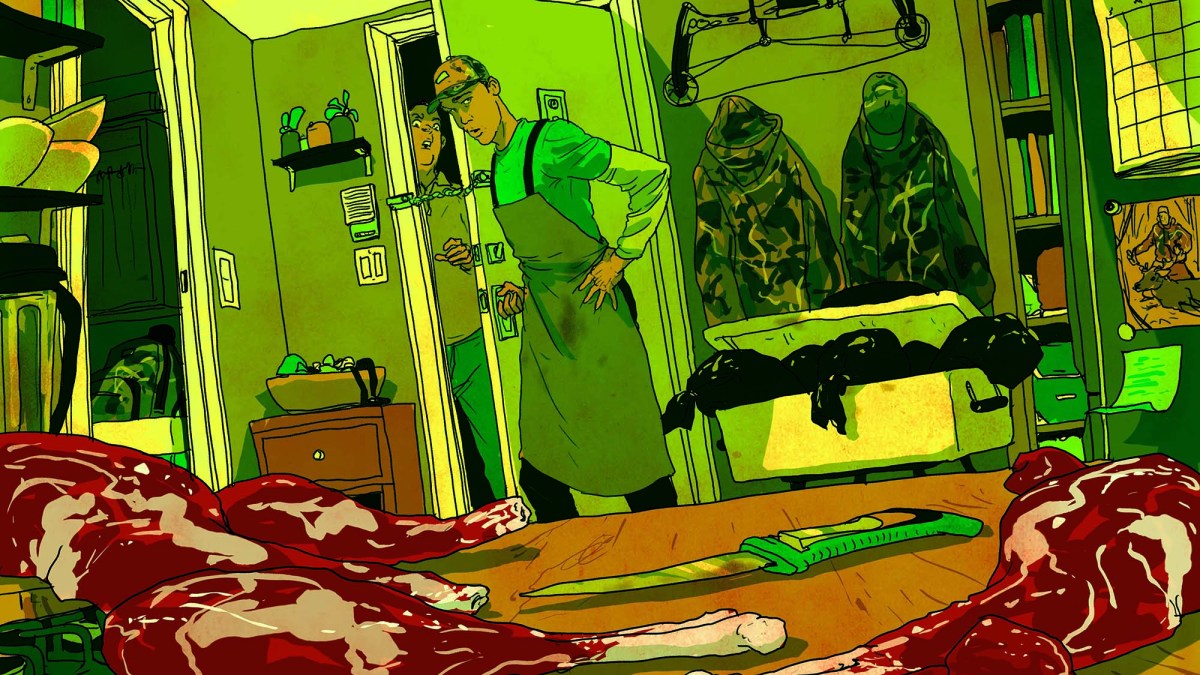Fuel Stabilizer: Keep Your Gas Alive

Here is something most people never think about until their generator coughs, dies, and turns their emergency plan into a very expensive lawn ornament. Gasoline is not immortal. In fact, it goes bad faster than the government goes silent after a disaster. And once it turns, you are done. Your mower will choke. Your generator will refuse to start. Your truck will act like it is possessed. The cheap prepper who thought fuel lasts forever will be stuck watching the lights go out for real.
This is why fuel stabilizer exists. Not as a luxury. Not as an optional item. It is the chemical that keeps your stored fuel alive long enough to matter when the system collapses.
But of course, almost nobody uses it. Why? Because nobody tells them the truth about what actually happens inside those red plastic cans while they sit in the garage. So let us talk about it.
What Fuel Stabilizer Actually Does
Gasoline breaks down. Oxygen hits it. Moisture creeps in. The volatile compounds evaporate. The fuel separates, gels, varnishes, and basically rots from the inside out. All that precious energy you were counting on becomes sludge your engine refuses to burn.
Fuel stabilizer stops that process. It slows oxidation. It prevents gumming. It keeps those volatile compounds intact. It fights off corrosion in the tank, keeps moisture at bay, and buys you months or even years of usable life from gas that would normally be dead.
Most people look at a small bottle of stabilizer and think it cannot possibly do anything important. That is the same crowd who suddenly becomes religious when their generator sputters during a blackout.
Why You Need It Before an Emergency, Not After
Here is the big lie about fuel storage: everyone thinks they will have time to deal with it later. They will rotate it next month. They will treat it before storm season. They will top it off when the grid starts acting weird. Except when the emergency hits, fuel disappears in minutes. The stations run dry. The tanker trucks stop rolling. The pumps stop working.
During hurricanes and solar grid scares, people line up like it is Black Friday for a gallon of low grade trash gas. Meanwhile, the one person who quietly treated their stored fuel last month fires up their generator without a hint of panic.
Fuel stabilizer is a prepper’s force multiplier. It turns five gallons of gas into five gallons that will still start a generator six months, twelve months, or even two years later.
How Long Fuel Stabilizer Keeps Gas Fresh
This is where the conspiracy-minded crowd should pay attention. Because manufacturers tend to downplay what their products can actually do. Most stabilizers guarantee 12 months. Many quietly admit they extend fuel life much longer when stored in proper conditions. Cool, dark, sealed containers. Treated fuel sometimes lasts twice as long as advertised.
Now remember something. Untreated gas can start degrading in as little as thirty to sixty days. That means the average homeowner with a half-full generator tank has junk fuel before they even realize it.
With stabilizer, that same fuel stays viable long enough to get you through a real crisis. Not a movie crisis. A grid down, gas station empty, nobody is coming crisis.
Which Engines Demand Fuel Stabilizer Most
Small engines are notorious for hating stale gas. They are basically allergic to it. If you own any of the following, fuel stabilizer should not be optional:
- Generators
- Chainsaws
- Lawnmowers
- Outboards
- ATVs
- Tractors
- Snowblowers
- Emergency pumps
These engines do not tolerate sludge, varnish, or moisture the way modern car engines can. Treating their fuel is the difference between a machine that runs and a machine that turns into a deadweight when you need it most.
Why Big Institutions Stockpile Stabilizer Quietly
Hospitals, data centers, telecom towers, and emergency agencies all store backup fuel. Think they let that fuel sit untreated and hope for the best? Of course not. They treat every drop.
But your average person is never told that. Why? Because if people learned how fragile fuel is, they would prep differently. They would store more. They would rotate better. They would not rely on the system to save them. And that is not something the system wants to encourage.
Fuel stabilizer is one of those boring products that turns into a survival asset when everything else collapses.
How Much Fuel Stabilizer You Actually Need
Here is the part most people screw up. They underdose. They try to stretch one bottle across too many gallons. The result is useless. If the bottle says one ounce per 2.5 gallons, do that. Better yet, round up. Too much stabilizer is not harmful. Too little might as well be nothing.
Think of it like insurance. You do not cut your policy in half to save three dollars.
Final Thoughts
If you store fuel without stabilizer, you do not have fuel. You have a timer counting down. And when it hits zero, you are stuck with a can full of expensive disappointment.
Fuel stabilizer is cheap, lasts forever on the shelf, and turns unpredictable gasoline into a reliable emergency resource.
Or you can ignore it and hope the grid never goes down. But hope is not a strategy. Not for a prepper. Not for anyone who plans to survive the next blackout, storm, or silence from the people in charge.
If you want a real advantage when the lights go out, treat your fuel now. Not after the disaster. Not when it is too late.
Because the system may collapse, but your generator does not have to.
If you want to understand why fuel, food, and every basic resource is becoming harder to rely on, take a hard look at what is really happening behind the scenes. Dollar Apocalypse breaks down the collapse nobody wants to talk about and shows you how to stay three steps ahead while everyone else scrambles. Grab your copy and start preparing for what is coming next.
You may also like:
 How To Make Biodiesel Fuel: Beat the System, Power Yourself
How To Make Biodiesel Fuel: Beat the System, Power Yourself
How to Have 24/7 Free Electricity (VIDEO)
10 Forgotten Fuels You Can Still Use Today
How to Drain a Fuel Tank: A Step-by-Step Guide for Preppers
How Much Does it Cost to Bulletproof Your Car?
Read the full article here









